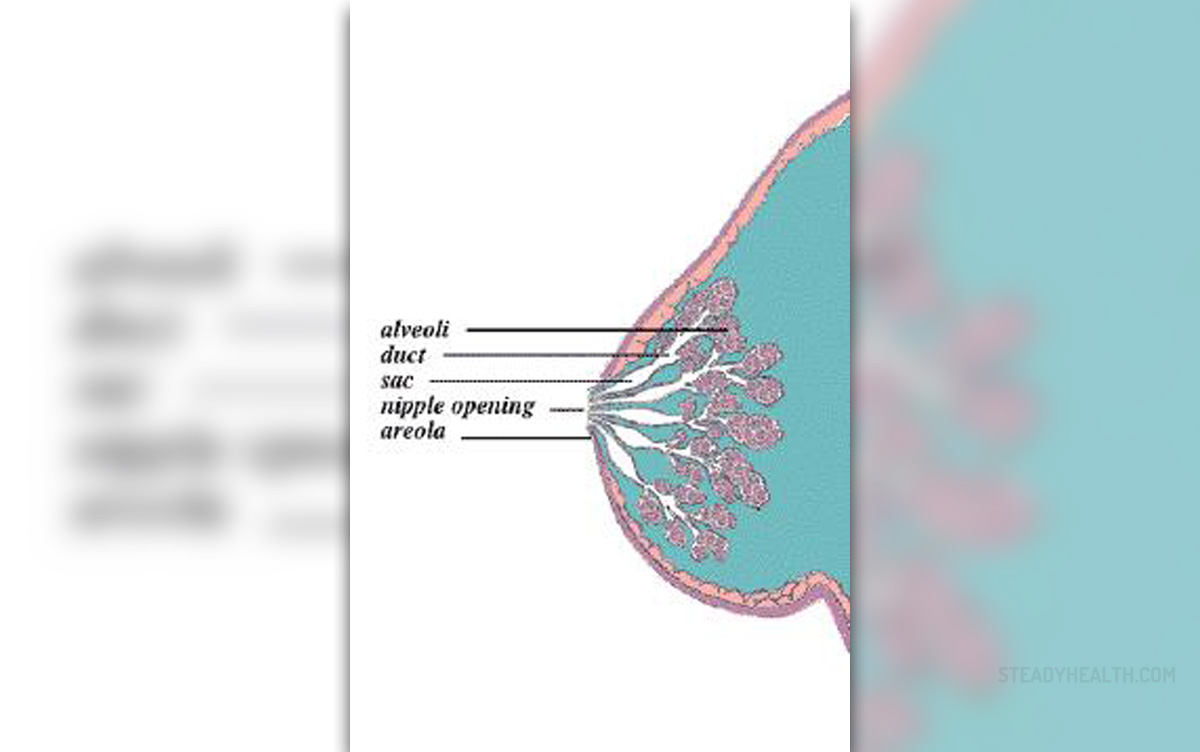
Breast Cancer Dangers
Breast cancer is the second most deadly type of female affecting tumor in the United States. Breast cancer is a disease caused by an accumulation of dead or new malignant cells in the breast tissue. The structure of a breast is fairly simple, as it does not contain any muscles. Breasts are made up of lobes and ducts. Each breast consists of about 15 to 20 parts called lobes that are divided into smaller sections termed lobules. The lobules are the sites that contain milk bulbs. The lobes, lobules and bulbs are connected via ducts, which are small tubes. Each breast is also composed of blood and lymph vessels. The purpose of the lymph system, including the lymph nodes as well, is to help the body fight infections. There are plenty of lymph nodes located around the breasts, mainly above the collarbone, in the chest and under the arms. It should be noted that other than affecting women, breast cancer could be found in men as well but on very rare occasions.Risk Factors for Developing Breast Cancer
Although the exact cause of breast cancer has been difficult to identify the risk factors are very clear. For instance, the possibility of developing breast cancer increases with age. If there is a family history of breast cancer the members of the family are at a higher risk for the disease than the general public. The closer the relatives are to the person, such as a mother or a sister, the higher the probability that she will develop cancer. Having had breast cancer in the past also puts the person at more risk for the tumor to come back. Further, girls who got their first periods relatively early are also more likely to have breast cancer when they reach adulthood. Women who do not have any biological children or who give birth for the first time later in life are more probable to suffer from breast cancer. Radiation exposure in the chest area is another known risk factor. In addition, having a weight problem, or in particular being obese, drastically increases the person’s chance for breast cancer progression. Caucasian women are more likely to have the disease compared to the members of any other racial or ethnic group. Also, being treated by or taking hormones such as progesterone and estrogen further elevate the risk for developing breast cancer. Being exposed to the risk factors does not mean the individual will get cancer. At the same time, the higher the number of risk factors the person needs to face the higher the possibility she will have cancer related issues sometime in life.Screening for Breast Cancer
As is the case with many other tumors, detecting the breast cancer as early as possible increases effectiveness of treatment and in turn prolongs the patient’s life. Cancers are usually detected in their early stages through screening, or routine checks, which are performed before any symptoms are developed. The main reason for cancer screening involves the fact that by the time the person feels any signs of the disease there is a strong possibility that the cancer has already spread. Screening for early breast cancer includes a mammogram test, other types of image scanning, and a physical examination of the breast by a medical care professional. Primary medical care professionals are usually aware of the patient’s personal and family medical history as well as their lifestyle so they are often the initiators of cancer screening. In case the results from a screening test suggest the person may have abnormal cells additional diagnostic tests are needed in order to make a valid and reliable assessment.Role of Mammograms in Early Diagnosis of Breast Cancer
A mammogram is the most commonly used diagnostic tool when it comes to breast cancer assessment and is essentially an X-Ray of the breast. If the person has no symptoms chances are only two images of the breast are required. Other than detecting the presence of abnormal cells, a mammogram can also identify small calcium deposits that also signal the presence of cancer. Other than for screening purposes, mammograms are also used to diagnose cancer after the signs and symptoms have appeared. Some of the most commonly observed indicators of breast cancer include nipple discharge, change in the shape or size of the breast, skin thickening and pain. It is important to mention that these occurrences may indicate more benign conditions and not cancer. A mammogram is also used as a screening and diagnostic tool in the presence of breast implants. A mammogram is a fairly safe diagnostic method, but it does not always produce reliable results. It is possible for the technique to miss existing cancer cells and yield a false negative result. On average, a mammogram can miss up to 20 percent of breast cancers.

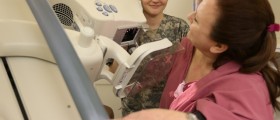
_f_280x120.jpg)

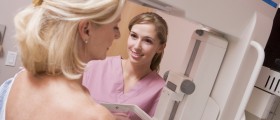

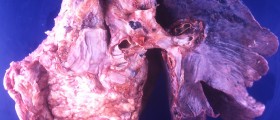



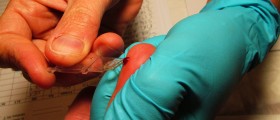

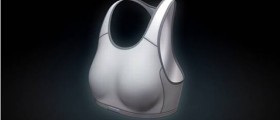
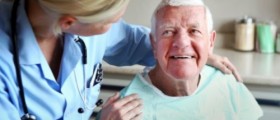
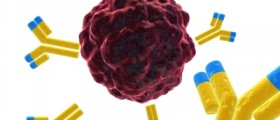
Your thoughts on this
Loading...